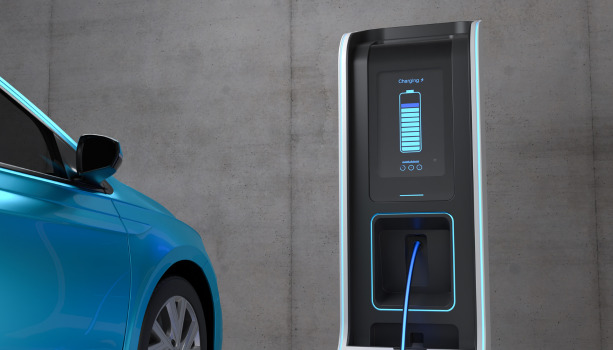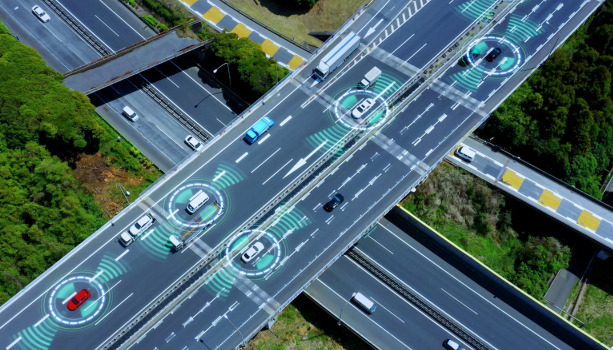Making transport sustainable has become a global priority as we strive to reduce our carbon footprint and create a more environmentally friendly future. However, sustainability in transportation goes beyond decarbonization, it also necessitates inclusivity and accessibility for all individuals. Unfortunately, the current state of transport often overlooks the needs of people with reduced mobility (PRM), making their everyday journeys challenging and limiting their freedom. This blog will explore the importance of inclusive transport and how custom mobility solutions can help build a sustainable and accessible transportation system for all.
The Challenge of Inclusivity in Public Transport
Public transport forms the backbone of urban mobility, yet it often falls short in terms of inclusivity. People with reduced mobility face numerous obstacles when using public transport, such as inaccessible stations, lack of proper seating, and insufficient accessibility information. These barriers hinder their ability to travel freely and participate fully in society, making routine actions like commuting to work or visiting healthcare facilities unnecessarily complicated.
To address this issue, public transport systems need to be improved with inclusivity in mind. Governments should invest in infrastructure upgrades that include ramps, elevators, and accessible seating at stations and on vehicles. However, accessibility goes beyond infrastructure improvements. To enhance the accessibility of public transport for PRM local authorities will need to ensure clear signage, provide real-time information, and establish customized mobility services.
Harnessing the power of technology in transportation
Technology can be a powerful enabler of inclusive transportation. Embracing technological solutions empowers individuals with disabilities to plan their journeys more efficiently and travel with confidence. One innovative solution that holds great promise is demand-responsive transport (DRT). DRT utilizes advanced algorithms and technology to provide flexible and on-demand transportation services that cater to the specific needs of individuals, including those with reduced mobility. On-demand transportation services specifically tailored to PRM can offer convenient and affordable options. Optimized in the form of mobile applications, DRT platforms can provide real-time information on accessible routes, schedules, and vehicle availability.
DRT systems operate by allowing passengers to request transportation through a mobile app or a centralized call center. The algorithms optimize routes based on real-time demand, picking up passengers from their desired locations and dropping them off at their destinations efficiently. DRT systems can be customized to accommodate various accessibility requirements. For instance, passengers with reduced mobility can request wheelchair-accessible vehicles, ensuring that their specific needs are met during transit. As such, DRT promotes a more inclusive and user-centric transportation experience by integrating various customized features into the technology.
Unlike fixed-route public transport, DRT adapts dynamically to passenger demand. By optimizing routes in real-time, DRT vehicles can efficiently serve passengers across different areas, reducing wait times and providing more efficient routes. This is done by real-time data collection that feeds machine-learning algorithms, constantly improving routing efficiency.
In addition to addressing accessibility concerns, DRT has the potential to offer cost-effective transport solutions. By optimizing vehicle occupancy and pooling multiple passengers traveling in the same direction, DRT can lower individual travel costs compared to traditional private rides. This affordability factor makes it a more sustainable option for everyday commutes, benefiting individuals with reduced mobility who may face financial constraints.
On top of providing customized services to users, DRT can be seamlessly integrated into existing transportation networks, complementing traditional public transport systems. By connecting with buses, trains, and other modes of transport, DRT offers a holistic approach to inclusive mobility, allowing individuals with reduced mobility to transition smoothly between different modes of transportation. Technology-enabled DRT platforms provide real-time information to passengers, including estimated arrival times and vehicle tracking. This information empowers individuals with reduced mobility to plan their journeys, reducing uncertainties and improving overall confidence in using public transport.
Incorporating technology-driven customized DRT transport can revolutionize the way individuals with reduced mobility navigate their cities. By leveraging advanced algorithms, mobile applications, and seamless integration with existing transportation systems, DRT offers a flexible, accessible, and cost-effective solution that caters to the specific needs of all passengers, regardless of their mobility limitations.
DRT in Action – Case Study of 2U Access
AutoCrypt EQ’s 2U Access is a DRT platform created specifically to serve PRM. The platform was created in collaboration with 2U Social Cooperative, a non-profit based in Busan, South Korea. The main purpose of the platform is to make transportation efficient while keeping it accessible and affordable for PRM. Utilizing a dynamic routing system powered by machine learning algorithms, 2U Access ensures that each user’s transportation needs are met at the right place and time. Valuable demographic data such as information on the local spread of people with disabilities, areas with inefficient public transport, barrier zones, and more were used to create and further optimize the service.
In less than 2 years since the launch 2U Access gathered close to 20,000 users, completing over 300,000 rides. A vast amount of data collected during these rides quantifies the benefits delivered to users. Travel time savings and increased convenience were the most significant user benefits. In fact, 18% of 2U Access passengers used the service for work commutes and reported a 20-minute reduction in their commute time. By offering easier commutes 2U Access not only saved the passengers’ valuable time but also enabled PRM to enter the labor market, indirectly delivering public sector benefits. This shows that DRT services not only promote transportation sustainability but also contribute to overall public welfare and economic sustainability.
As we strive for a more inclusive and sustainable transport future, harnessing technology, including innovative solutions like DRT, becomes increasingly important. By embracing these advancements, we can create a transportation ecosystem that breaks down barriers, empowers individuals with reduced mobility and ensures that no one is left behind on the journey toward a more inclusive society.



